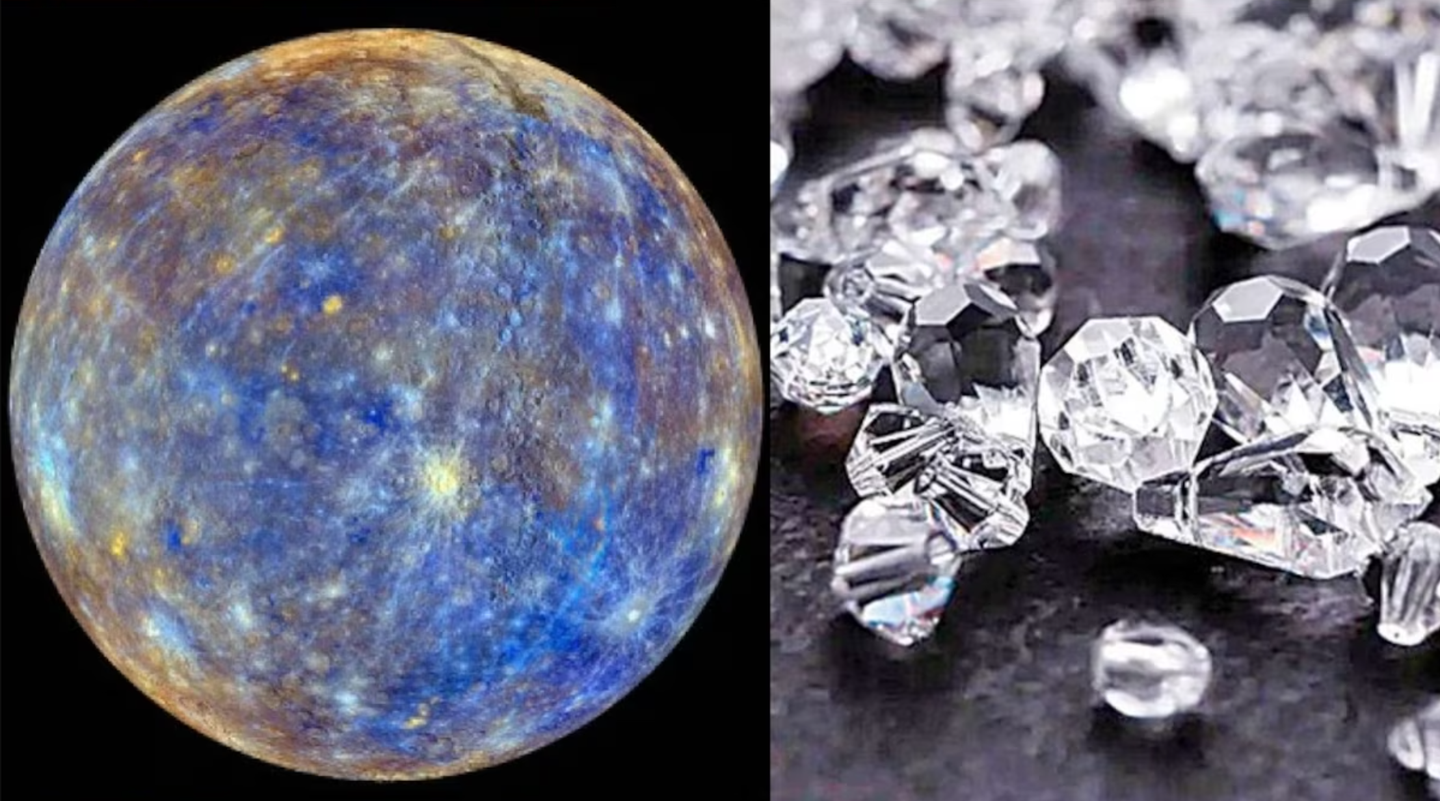Green bananas prevent and reduce cancers by over 60%, researchers find
Starch, found in common foods like oats and slightly green bananas, can significantly reduce the risk of a wide range of cancers.

[Dec. 12, 2023: JJ Shavit, The Brighter Side of News]
Activating the immune system at the site of a tumor can recruit and stimulate immune cells to destroy tumor cells. (CREDIT: Creative Commons)
A groundbreaking trial has revealed that resistant starch, found in common foods like oats and slightly green bananas, can significantly reduce the risk of a wide range of cancers. The study, called CAPP2, involved nearly 1,000 participants with Lynch syndrome from around the world and was led by experts from the Universities of Newcastle and Leeds.
According to Cancer Research UK, Lynch syndrome affects approximately one in 300 people in the UK and is caused by a genetic fault that increases the risk of bowel, womb, and ovarian cancer, as well as other cancers.
People with Lynch syndrome have up to an 80% chance of developing bowel cancer in their lifetime and are also at risk of developing other cancers at a younger age than the general population.
The study results showed that a regular dose of resistant starch, also known as fermentable fibre, taken for an average of two years, did not affect cancers in the bowel but did reduce cancers in other parts of the body by more than half.
Related Stories
This effect was particularly pronounced for upper gastrointestinal cancers, including oesophageal, gastric, biliary tract, pancreatic and duodenum cancers. The most astonishing aspect of the study was that this effect lasted for up to 10 years after participants stopped taking the supplement.
The research, published in the journal Cancer Prevention Research, is a planned double-blind, 10-year follow-up, supplemented with comprehensive national cancer registry data for up to 20 years in 369 of the participants.
Resistant Starch and Cancer Risk
Resistant starch is a type of carbohydrate that is not digested in the small intestine; instead, it ferments in the large intestine, feeding beneficial gut bacteria. It acts, in effect, like dietary fibre in the digestive system. This type of starch has several health benefits and fewer calories than regular starch.
Leaders of the CAPP trial (L-R) Profs Tim Bishop, Sir John Burn and John Mathers. (CREDIT: Newcastle University)
According to Professor John Mathers, Professor of Human Nutrition at Newcastle University, “We think that resistant starch may reduce cancer development by changing the bacterial metabolism of bile acids and reducing those types of bile acids that can damage our DNA and eventually cause cancer. However, this needs further research.”
"We found that resistant starch reduces a range of cancers by over 60%. The effect was most obvious in the upper part of the gut. This is important as cancers of the upper GI tract are difficult to diagnose and often are not caught early on."
Trial profile showing distribution of participants by randomisation group and length of follow-up together with counted outcomes of cancer diagnoses among participants; CRC, colorectal cancer; LS Ca, Lynch syndrome associated cancers (other than colorectal cancer). (CREDIT: Newcastle University)
The trial also revealed that aspirin reduced the risk of cancer of the large bowel by 50%, which has led to NICE (the National Institute for Health and Care Excellence) recommending aspirin for people at high genetic risk of cancer.
The CAPP2 Trial
Between 1999 and 2005, nearly 1,000 participants began taking either resistant starch in a powder form every day for two years, or aspirin or a placebo. At the end of the treatment stage, there was no overall difference between those who had taken resistant starch or aspirin and those who had not. However, the research team anticipated a longer-term effect and designed the study for further follow-up.
Time to first colorectal cancer and time to first non-colorectal cancer Lynch syndrome cancer in all CAPP2 study participants followed up for 10 years and for 20 years in England, Finland, and Wales. Cox proportional hazards (HRs and 95% CIs) comparing those on Resistant Starch vs. those on placebo and depicted by Cumulative incidence curves (n = 918). (CREDIT: Newcastle University)
During the follow-up period, there were just five new cases of upper GI cancers among the 463 participants who had taken resistant starch compared with 21 among the 455 who were on the placebo.
Professor Tim Bishop, at the University of Leeds, who also ran the trial said, “The results are exciting, but the magnitude of the protective effect in the upper GI tract was unexpected, so further research is required to replicate these findings.”
A trial in people at high risk of hereditary cancers has shown a major preventive effect from resistant starch, which is found in foods such as oats, breakfast cereal, cooked and cooled pasta or rice, peas, beans, and slightly green bananas. (CREDIT: Creative Commons)
Professor Mathers said: "Resistant starch can be taken as a powder supplement and is found naturally in peas, beans, oats and other starchy foods. This type of starch has several health benefits and fewer calories than regular starch. We think that resistant starch may reduce cancer development by changing the bacterial metabolism of bile acids and to reduce those types of bile acids that can damage our DNA and eventually cause cancer. However, this needs further research."
The team is now leading the international trial, CaPP3, with over 1,800 people with Lynch syndrome enrolled to investigate whether smaller, safer doses of aspirin can be used to help reduce the cancer risk.
The research is funded by Cancer Research UK, the European Commission, Medical Research Council and the National Institute for Health Research.
Note: Materials provided above by The Brighter Side of News. Content may be edited for style and length.
Like these kind of feel good stories? Get the Brighter Side of News' newsletter.



